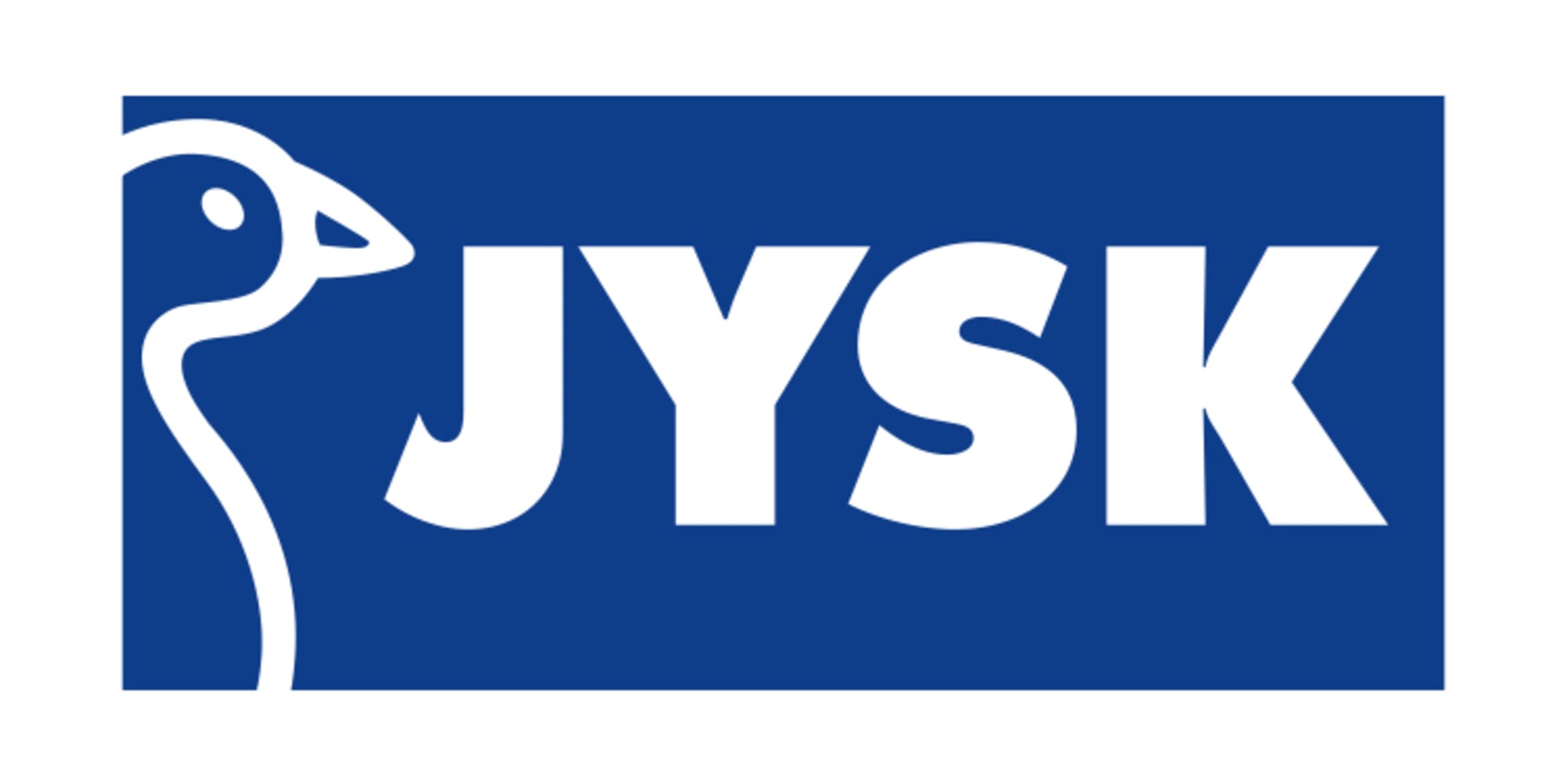How JYSK optimized product sales with KNIME for predictive analytics
Read how the company saved manpower hours and created a data-driven culture

The challenge of becoming data-driven
JYSK is an international home furnishing retailer with Scandinavian roots that makes it easy to furnish every room in any home and garden.
It is a part of the family-owned Lars Larsen Group (total turnover of DKK 39.1 billion in financial year 2020/21). JYSK’s turnover was DKK 32.6 billion in the financial year 2020/21. Today, JYSK employs around 28,500 people.
With more than 3,100 stores and webshops spread out across different geographies, it was important for the company to be able to make data-driven decisions. However, after conducting a company-wide audit with an external consultancy, JYSK discovered it was not nearly as data-driven as it aimed to be. Not only did that mean operational decisions lacked data inputs, it also meant that time and manpower were being allocated to tasks that could be automated.
One of these tasks was to ensure JYSK would be able to meet demand in each of its different geographies. As the company makes a significant portion of its sales through promotions, it required useful data to predict which products would sell better in which geography (due to variations in style and trends across geographies), for a locally-optimized product mix.
Recognizing the need for data-driven decisions
A few years ago, JYSK adopted a new top-level strategy to make operations more data-driven. It was decided that the company would use predictive and prescriptive analytics throughout its operations, and not just rely on transactional reporting. To achieve this, the company decided not only to establish a dedicated department for data science and analytics, but also to collect pain points from across the company for which analytics could provide breakthroughs.
Reorganizing the company & leveraging KNIME for advanced analytics
By creating a dedicated Advanced Analytics department, JYSK addressed most of its analytics problems in one fell swoop. The department was developed to create value using analytics throughout the company, and began to collect pain points and identify use cases around the company where analytics could be leveraged. KNIME was chosen to be a core analytics solution in the newly-formed department. Working alongside other tools and languages (SAP HANA, R, Python, QGIS), KNIME became the key tool for developing and deploying operational and customer-facing analytics.
Tackling the problem of making data-driven decisions
The first of JYSK’s challenges: How to make data available to the entire organization for data- driven decision-making? Using KNIME, JYSK built a browser-based app which was made available to the wider organization, allowing business experts to access data relevant to them. By creating an Advanced Analytics department and making data available throughout the organization, JYSK solved the initial challenge of making it possible for the company to use data science and advanced analytics. Furthermore, by making data accessible to all users across the organization, JYSK tackled operational challenges of using data to make more informed decisions.
Advanced analytics challenges
JYSK manages its geographies directly from its head office in Brabrand, Denmark. The 28 markets in which JYSK operates are of different maturity levels: In some countries, such as Denmark, there is tremendous market penetration. In other countries, such as Ireland, there is less market share. Whenever JYSK enters a new country, there is a new, different set of challenges, including – but not limited to – identifying product preferences, buying habits and market trends. In addition, JYSK’s business is primarily driven by promotions, and most customers buy products benefitting from these offers. As different promotions and products are successful in different geographies, JYSK must be prepared to have sufficient stock of relevant products. Without a predictive model to forecast how much of a given item would sell in a given country, significant manpower was allocated to figure this out manually, via Excel. The company needed the ability to accurately predict how much an item will sell in a given country, so it could run appropriate promotions, maintain sufficient inventory in the relevant country without the risk of stock-outs, and to do so without spending 100s of hours of employees’ time. This issue, alongside other pain-points would be overcome with KNIME.
Using KNIME for predictive analytics, and other use cases
KNIME was used in a variety of ways to overcome challenges:
Saving manpower hours and creating a data-driven culture
Besides decision optimization, the major benefit of using KNIME was in time-saved. Across the organization, 100s of hours were saved per month, with hours of work reduced to seconds. What’s more, the management could use insights from KNIME to make smarter decisions about store geographies and product allocation. With flexible tooling and seamless fit across a broad range of environments, Business Intelligence tools, and scripting languages such as Python and R, as well as the ability to consume data from SAP HANA, then enable modeling in the same environment, KNIME provided JYSK the critical capabilities it needed. Finally, as it is low-to-no code, KNIME could be widely used across the organization easily. Not only did KNIME save JYSK employees time and enabled them to make smarter decisions, its uptake was encouraged around the company allowing departments to use analytics independently.